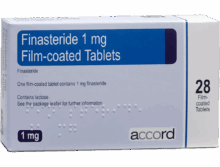Hair Loss Treatment
For many people, hair loss is either hereditary or a natural part of the ageing process. We offer of a wide range of successful clinically tested treatments that can help stop the progression of hair loss and/or even encourage the growth of new hair.
















